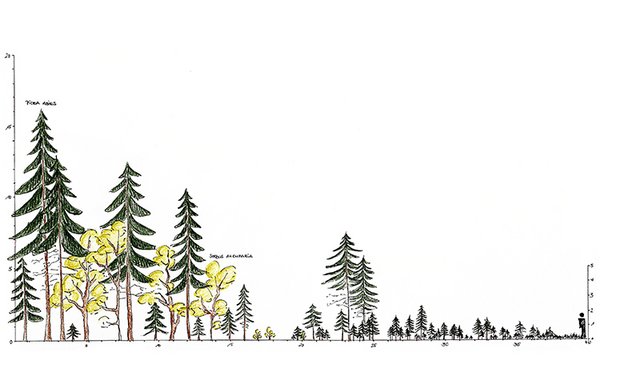Subject of this work is the extraordinary vegetation on proven permafrost lenses below the treeline with the aim to provide a first phytosociological description. The three study areas with different geological parent rocks in the Swiss Alps are compared and interpreted in terms of their species inventory. In addition to that, physiognomic-structural comparisons and soil analysis and soil temperature measurements are carried out. Thus a holistic picture of the site can be given including the phytosociological classification. On these special locations grows an almost mystical dwarfish plant population, which is known as "Hexenwäldli" in Switzerland. In literature these locations are mentioned in the context of cold holes. This work can appeal two plant communities, based on the species inventory: a carbonate and a silicate one. For a final classification of these communities, however, there is further investigation of all cold holes in the Alpine region required.
Donwload of original thesis (in German) from TUM: https://mediatum.ub.tum.de/node?id=1289473">https://mediatum.ub.tum.de/node?id=1289473
___
Johanna Kozak conducted the work at the Institute for Geobotany at the TUM under supervision of Prof. Dr. A. Fischer. Dr. D. Schwindt (Geomorphologie, TUM) was deeply involved in the supervision.


